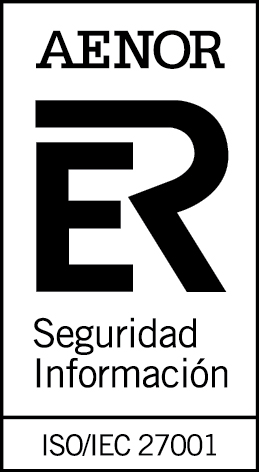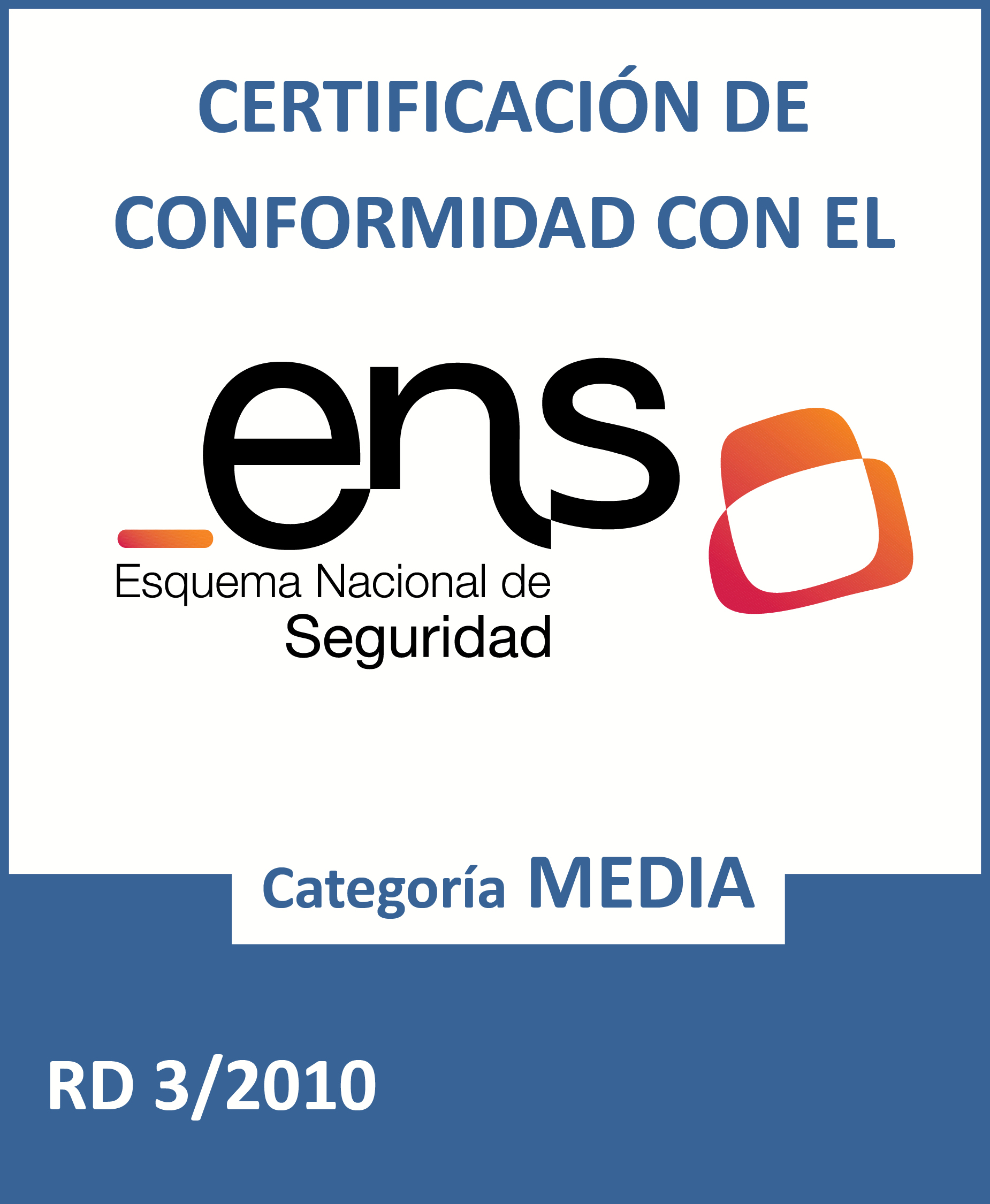Challenges and opportunities of open geographic data
Fecha de la noticia: 04-12-2018

Geographical data are highly relevant from the economic point of view. According to Reusing Open Data report, written by the European Data Portal, geographic data is the second most reused and consulted data category by companies in the member states of the European Union, only behind statistical information.
According to the UNE standard, when we speak of geographic data we refer to those data that implicitly or explicitly refer to a location relative to the Earth. This type of data can be published in open format, following a series of requirements.
Open geographical data allow us to better understand our environment, especially when they intersect with another type of sociocultural, economic or environmental information, - this is known as georeferenced data-. For this objective, there are different tools specialized in the integration, storage, edition, analysis or visualization of geographic data. This is the case of the Geographic Information Systems (GIS).
In Spain, the official cartography source that provides geographic data is the National Geographic Institute (IGN), a public body within the Ministry of Development that is responsible for measuring and collecting information from the land surface to make it available to users in different formats: official maps, cartographies, images, data files, web services and applications. In addition, the IGN shares free geographical datasets through its Download Center. This data can be reused, according to Order FOM / 2807/2015, to create multiple applications and services.
But there are other sources to obtain geographic data. For example, various regional and local organizations have also launched their geographic data initiatives, such as Aragón. The data shared by this autonomous community could be reused in projects such as Donde vivo, an application that allows users to know the services of a specific area of Aragón through an interactive map.
Precisely, due to its great re-use power, an increasing number of organisms have plans to share the geographic information under their custody. But before starting a project of this type, it is advisable to know what the challenges that can be found by users who want to reuse geographic data are, in order to solve them as soon as possible.
The report Roadblocks Hindering the Reuse of Open Geodata in Colombia and Spain includes an analysis of the barriers to facilitate the reuse of geographic data from the perspective of data consumers in Spain and Colombia. The report is based on 3 study sources: a review of the existing literature on the subject (articles, reports, conferences, presentations, etc.), an online questionnaire in Spanish, English and Portuguese, and a series of workshops held in four cities (Bogotá, Medellín, Cali and Valencia), with the participation of local authorities, user communities and experts in open data.
After the analysis of the results, the possible barriers identified by data users were classified into six groups: currency, accessibility, data quality; usability; discoverability and terms of use. However, these challenges can be solved. To this end, the report shares a series of recommendations:
- Identify data users group: the authorities responsible for geographic data initiatives need to involve users and reusers during the whole open data initiative, and not just at the last steep. That way, they can adjust their strategy to their needs. To do this, they can create working groups integrating different profiles from academic sector, business sector, public administration and civil society.
- Continuous services tracking: The continuous analysis and monitoring of the available services helps to solve the accessibility and data quality challenges. Some of the questions that those responsible for the initiatives must respond are: what the most requested services are, what services users want to download or what services need more accurate and complete metadata.
- Notification of further released data: Data producers can include notifications or automatic alerts that allow knowing the status of available services.
- Include clear and straightforward terms of use or license: The terms of use were mentioned for data users as one of the obstacles to reusing the current data in cities. Therefore, it is important to create a simple and specific set of terms with natural language will help to reduce any misunderstanding regarding the utilization allowed of the available data.
- Show examples of use or basic reuse kits: in order to improve usability, data users demand a greater number of examples and basic guidelines, as inspiration to encourage the use of data.
In short, geographic data can bring great benefits to society. This type of data has a great reuse power, since they can be integrated in different applications to enrich their services with georeferenced information. But to facilitate users to extract the maximum value from this data, it is advisable to take into account their needs from at the beginning of the initiative.











